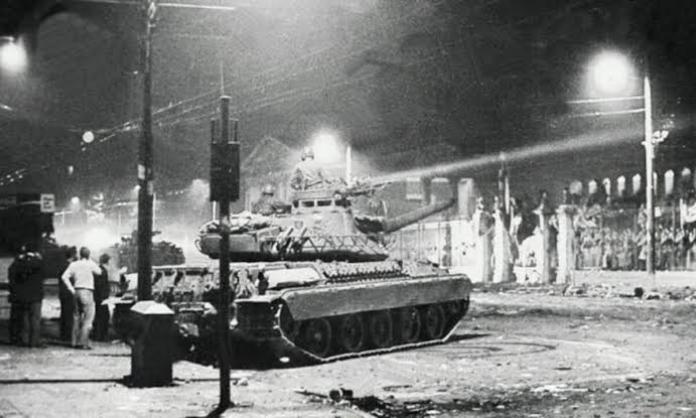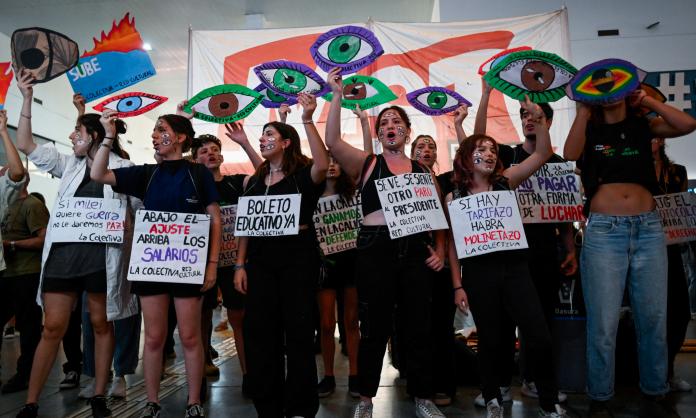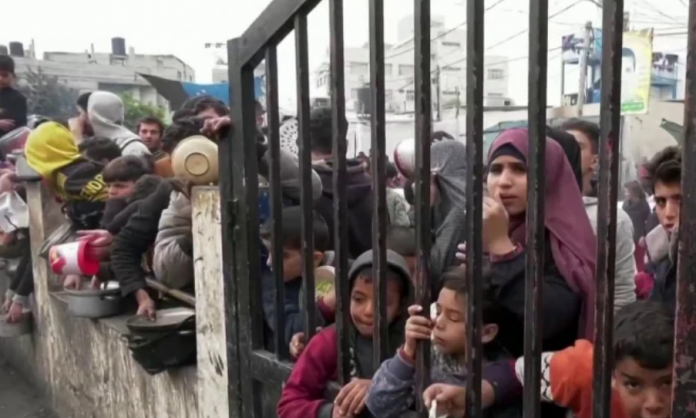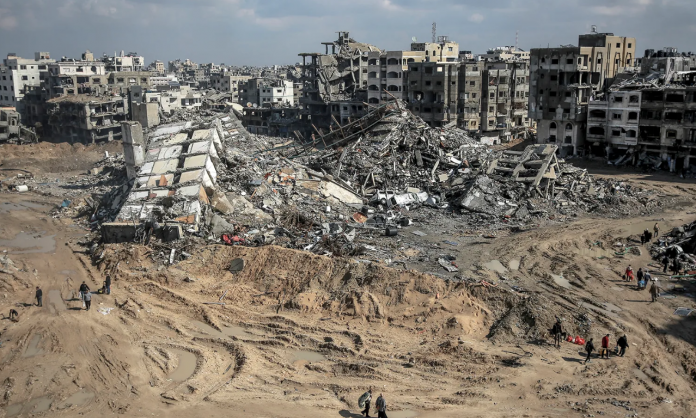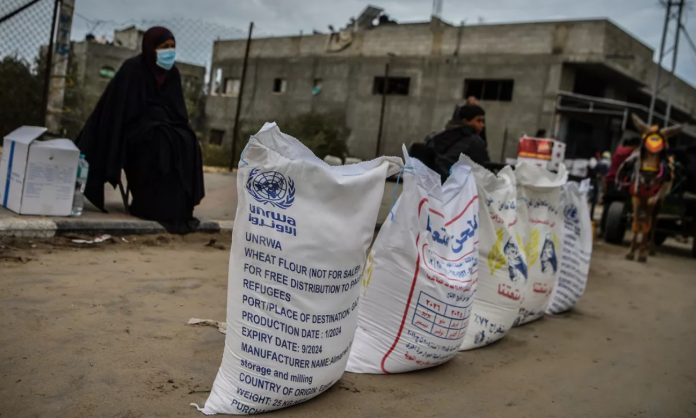The decades after World War Two were marked by increasing politicisation around the world. Greece was no different. While the left was defeated in the Greek civil war, which ended in 1949, socialists, through the leadership of the Communist Party of Greece (KKE), continued to organise. This led to arrests, repression and even executions of anyone associated with the KKE.
The years following the civil war were marked by political unrest and increasing dissatisfaction with the status quo. This unrest culminated in a mass movement in 1965 that lasted for two years. This period was marked by major strikes, protests and demonstrations against the repression by the state. The economic prosperity of the time meant there was room for concessions, but the situation worried the ruling class, as workers were once again on the offensive. On 21 April 1967, a military coup installed a dictatorship, known as the Junta, to quell the unrest.
After the coup, all trade unions and worker organisations were declared illegal, and all political parties were dissolved. The years that followed were marked by extreme repression and brutality.
The coup did not come as a surprise to the masses of Greece. However, the KKE made no effort proactively to organise workers against it. Instead, the Communists put their trust in parliamentary democracy, specifically, the United Democratic Left (EDA) party. On the very day of the coup, Communist newspaper Avgi published an article arguing that a right-wing coup would not happen.
This caused the left to go into disarray, with part of the KKE splitting to form the Communist Party of Greece, Interior (KKE-es), a split that left both parties much weaker. Both KKE and KKE-es, rather than take the opportunity to build a mass anti-capitalist and anti-dictatorship left, sought to create alliances with the “progressive” bourgeoisie, which at this time was reaping the fruits of hyper-exploitation and non-existent labour laws.
This approach led both parties to contain and restrict the struggle to minor demands. An essay published in 1976 by the KKE Central Committee outlined its condemnation of the occupations of the law school and opposed any broadening of the struggle to more radical demands.
This collaborationist line continued throughout the dictatorship, the KKE seeking to build alliances with the sections of the ruling class that were against military rule, and the KKE-es arguing that the only hope for change was through the slow liberalisation of the Junta from within the bourgeois institutions of power. Mpampis Drakopoulos, a leading member of the KKE-es, emphasised that it was vital that the country return to the “road of democratic stability”.
Despite this, resistance to the Junta started in 1972, with small strikes beginning in workplaces and demonstrations on the campuses, and massively increased in 1973. The youth were the most rebellious, with the ruling institutions trying to recruit them to militarism and nationalism but failing. Instead, they were influenced by the international struggle.
This struggle took the form of university protests demanding liberalisation and major reforms. The Junta responded with mass repression, beatings and conscription.
The students were quick to answer. On 21 February 1973, they occupied the Polytechnic Law School. This demonstration shattered the Junta’s grip on society and pulled people from other social layers behind the students, most importantly workers. The message of the workers and students was clearly understood through their main slogan, “Bread, Education, Liberation”, a slogan that is still heard today at rallies, strikes and demonstrations.
Both the Communist parties were against the occupation, stating that the struggle should restrict itself to student demands, so as not to upset the bourgeoisie they made alliances with.
This created the space for the revolutionary left to take initiative and push the struggle forward. On 20 March, after a month of harsh repression from the forces of the regime, the students decide to retake the Law School, but this time were met by the armed police units of the Junta, as well as the army and fascist gangs.
The students now knew that they needed the support of the working class to defeat the Junta. The final fight came in November of that year. On 14 November, the students, who at the time were meeting to make plans for the year ahead, got news that there was a large police mobilisation in the Polytechnic. The revolutionaries immediately argued to end the meetings and mobilise a rally to counter the police.
More than 500 students arrived at the Polytechnic, and fighting ensued between the students and the police. Half of the students broke the police lines and locked themselves on the campus, while the rest continued fighting in the nearby streets.
Again, the KKE and KKE-es were against the occupation, the KKE accusing those who entered the campus of being agents of the dictatorship, in an article published the following year in the newspaper Panspoudastiki.
The revolutionary left, however, argued tirelessly to the students and passers-by about the importance of their actions and attracted more and more support for their occupation. By the dawn of 15 November, through to the evening of the next day, the struggle continued and reached new heights.
The struggle had become an uprising. University occupations spread to most major cities across Greece, workers, farmers and students all taking part.
The regime responded by sending the army and deploying tanks in the streets of Athens. Soldiers shot at protesters with live ammunition from the morning of 16 November until night, in an attempt to scare the protesters.
The students chanted: “Workers-soldiers united! You are our brothers!” But it wasn’t enough. On the early dawn of 17 November a tank ran through the gate of the Athens Polytechnic. The actual number of the casualties remains unknown, but it is estimated that 59 people were killed and more than 2,000 injured.
While the November uprising was not enough to topple the regime, it proved to be an important nail in the coffin of the seven-year-long regime, which finally collapsed on 24 July 1974, under the pressure of the failed attempt to introduce the draft in response to the Turkish invasion of Cyprus.
To this day, the Polytechnic uprising is seen as a heroic act of resistance. The forces of the left return to the gates of the campus in the thousands every year on 17 November to remember the struggle that took place 50 years ago.




